Carbon fiber is a very important inorganic high-performance fiber. Its first market application was a carbon fiber-reinforced resin fishing rod commercially available in 1972. Since then, carbon fiber applications have rapidly developed towards high-end applications represented by aerospace materials.
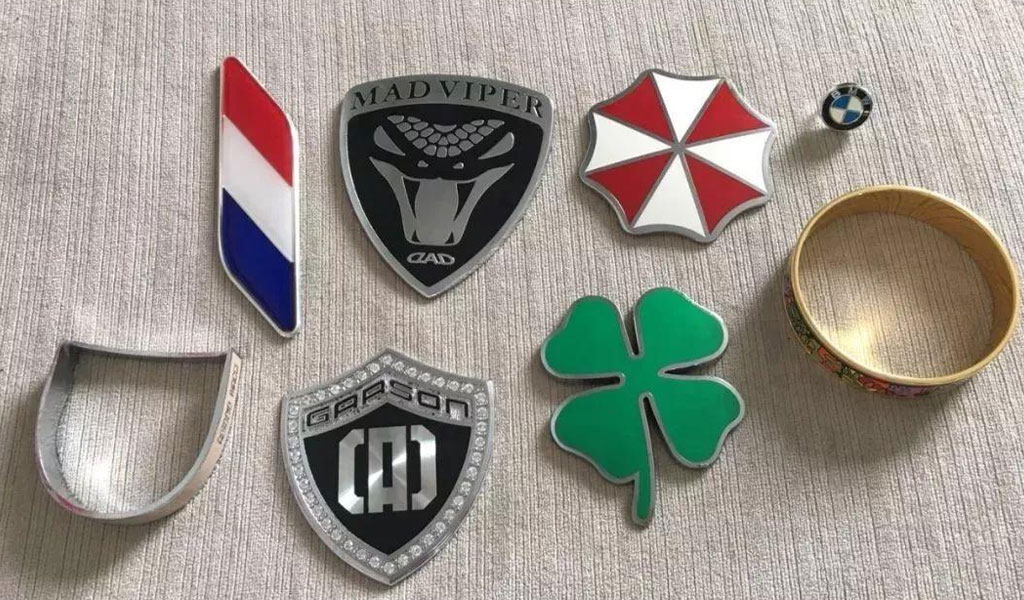
The most important application form of carbon fiber is as a reinforcement for resin materials. The formed carbon fiber reinforced resin (CFRP) has excellent comprehensive properties and is used in missiles, space platforms and launch vehicles, aircraft, advanced ships, rail transit vehicles, electric vehicles, etc. Sixteen fields including automobiles, trucks, wind turbine blades, fuel cells, power cables, pressure vessels, uranium enrichment ultra-high-speed centrifuges, special tubes, public infrastructure, medical and industrial equipment, sports and leisure products, and fashionable lifestyle appliances. Has practical and potential applications.The following will review the application of carbon fiber and its technological progress in the above fields.
CFRP As A Key Material For Missiles, Space Platforms And Launch Vehicles
Carbon fiber is the material basis of the modern aerospace industry and is irreplaceable. CFRP is widely used in aerospace fields such as missile weapons, space platforms and launch vehicles. In terms of missile weapon applications, CFRP is mainly used to manufacture primary and secondary load-bearing structural components such as missile fairings, composite metal brackets, instrument cabins, decoy cabins, and launch tubes (Figure 1); in space platform applications, CFRP can ensure structural deformation Small, with good load-bearing capacity, radiation resistance, aging resistance and good space environment tolerance, it is mainly used to manufacture structural components such as load-bearing cylinders, honeycomb panels, substrates, camera barrels and parabolic antennas for satellites and space stations (Figure 2); In terms of launch vehicle applications, CFRP is mainly used to manufacture components such as rocket body fairings, instrument cabins, casings, interstage sections, engine throat linings, and nozzles (Figure 3). At present, the application of CFRP on spacecraft has become increasingly mature, and it is an indispensable key material to achieve lightweight, miniaturization and high performance of spacecraft.
CFRP As A Structural Material For Aircraft
In large advanced aircraft, CFRP is widely used as the main load-bearing structural material. And in the new type of airship that has been successfully developed recently, CFRP is also used as a structural material.
The oil crisis in the mid-1970s was the direct reason for the use of carbon fiber in aircraft machining. In order to alleviate the energy crisis, the US government at that time launched the “Aircraft Energy Conservation Plan”. Modern aircraft fuselages are made of metals such as steel, aluminum, titanium and composite materials. In order to save fuel and improve operational efficiency, reducing the mass of the fuselage has always been one of the core challenges in aircraft design and manufacturing technology. The mature application of CFRP in aircraft fuselage manufacturing provides the most effective way to reduce the mass of aircraft fuselages. For example, the Boeing 767 aircraft mainly made of metal materials (CFRP content only accounts for 3%) has a fuselage mass of 60 t. When the CFRP content is increased to 50%, the new aircraft fuselage mass drops to 48 t. This greatly improves the energy and environmental benefits of this type of aircraft.
The Boeing 777X aircraft under development (Figure 4) and the Boeing 787 aircraft recently put into production have 50% fuselage composite materials. The Boeing 777X aircraft is a large twin-engine passenger aircraft under development based on the Boeing 777 aircraft. The first aircraft is planned to be delivered and put into operation in 2020. The main wing of the Boeing 777X aircraft is made of CFRP. Its wingspan is about 72m (235 feet), which is one of the longest wingspans among current passenger aircraft. The longer the wingspan, the greater the lift. Therefore, the single-seat fuel consumption and operating costs of the Boeing 777X are very competitive. In addition, CFRP wings not only have high strength and flexibility, but also have foldable ends, so that most airports can meet the parking needs of their wide wingspan. The main load-bearing structures such as the main wings and fuselage of the Boeing 787 aircraft are made of carbon fiber prepreg from Japan’s Toray. In November 2005, Toray signed a 10-year agreement with Boeing to provide carbon fiber prepregs for the Boeing 787 Dreamliner. On November 9, 2015, Toray announced a comprehensive agreement with Boeing to provide carbon fiber prepregs for the 787 and 777X aircraft produced by Boeing. Boeing plans to increase the monthly production of 787 aircraft from 10 in 2015 to 12 in 2016 and 14 in 2020; at the same time, the ratio of large modules will also increase, which will greatly promote the demand for CFRP . In order to ensure the supply of materials after the monthly production of Boeing 787 aircraft reaches 12 aircraft, Toray Composite Materials (USA) Company has completed the expansion of production in January 2016; at the same time, Japan’s Toray Company decided to build in the Spartanburg County factory The integrated production line, including raw silk, carbon fiber and prepreg, has a designed annual production capacity of 2,000 tons. This is the first time Toray has built an integrated carbon fiber production line in the United States to develop the Boeing 777X aircraft and meet the monthly production capacity of 14 demand for Boeing 787 aircraft.
On August 17, 2016, the UK’s latest large-scale airship completed its maiden voyage (Figure 5). The airship is a lighter-than-air spacecraft designed to perform reconnaissance, surveillance, communications, transportation of cargo and relief supplies, and passenger transportation. The airship uses polyarylate fabric produced by Japan’s Kuraray Company as its skin, and the skin is filled with pressurized helium. Its shape structure material uses CFRP, which minimizes the weight of the airship itself. Unattended, the airship can stay aloft for up to five days at a time.
CFRP As Advanced Ship Hull Structure
CFRP is very obvious in improving the structure, energy consumption and maneuverability of ships.
Sweden has traditional advantages in ship manufacturing technology. Its sandwich composite material technology ranks among the top in the world, and it was an early adopter of CFRP technology to develop military ships. The Swedish Navy frigate launched in June 2000 was the world’s first naval ship to use CFRP in its hull structure (Figure 6). The ship has a length of 73.0 m, a width of 10.4 m, a draft of 2.4 m, and a displacement of 600 t. The hull adopts a CFRP sandwich structure, which has high strength, high hardness, low mass, impact resistance, low radar and magnetic field signals, and electromagnetic wave absorption. performance.
Due to cost reasons, although it will take some time to use CFRP on a large scale in ships, it has been actually used to manufacture new concept ships for civilian use and key components for military ships. In 2010, the German company Kockums built a new concept solar exploration ship almost entirely made of CFRP. The vessel is 31.0 m long and 15.0 m wide, and is powered by solar energy. On September 27, 2010, Swedish explorers sailed the ship out to sea and began a global exploration voyage (Figure 7).
CFRP has also been used in the manufacture of ship propeller blades, integrated masts and advanced surface ship superstructures.
Low noise and quiet operation is a core technology in the field of military ships and a key indicator of the performance of ships (especially submarines). Because when the propeller runs at high speed, cavitation bubbles will be generated on the propeller blades, causing blade erosion, accompanied by strong vibration and noise. CFRP blades are not only lighter and thinner, but also improve cavitation performance, reduce vibration and underwater characteristics, and reduce fuel consumption. Figure 8(a) shows the propeller used by Israeli submarines; Figure 8(b) shows the propeller of a CFRP large cargo ship. Figure 9 shows the CFRP propeller system produced by the British company Royce-Rolls for Benetti Yachts.
In addition, stealth is also an important indicator for evaluating the advanced level of military ships. To improve stealth performance, it is necessary to reduce the radar reflection cross section of the ship hull and reduce its optical characteristics. In the past, ships’ superstructures were erected with multiple antenna masts hung with various whips and strips, which greatly hindered the ship’s stealth ability from detection equipment. In 1995, the U.S. military began to study an integrated mast system. It designed various antennas into planar or spherical arrays and integrated them into an integrated mast system made of composite materials that can reflect radio waves. It can withstand wind, rain and salt spray. infringement. What’s more, the entire superstructure of the U.S. military’s next-generation combat ships will be made of composite materials.
The ship is the next generation main battleship of the U.S. Navy. It integrates today’s most cutting-edge naval ship technology, with excellent performance in hull shape, electric drive, command and control, intelligence and communications, stealth protection, detection and navigation, and firepower configuration. Transcendent. It is particularly noteworthy that the superstructure and embedded antenna system of the ship are designed and manufactured by Raytheon Company of the United States. They adopt an integrated modular composite material structure, which is light in weight, high in strength, rust-resistant, has good wave transmittance, and has excellent With excellent stealth performance, the detection probability is less than 10% (Figure 10).
Lightweighting is a key technology to reduce energy consumption in train operation. Although the rail trains made of metal have high body strength, they are heavy and consume high energy. Taking the C20FICAS stainless steel subway train as an example, its energy consumption per kilometer is about 3.6×107 J (i.e. 10 kWh), and it consumes about 540,000 GJ of energy when running 150,000 kilometers; if the mass can be reduced by 30%, 27,000×30 energy can be saved. %=8,100 GJ73.
CFRP is the focus of material selection for the new generation of high-speed rail train bodies. It can not only make the rail train body lightweight, but also improve high-speed operating performance, reduce energy consumption, reduce environmental pollution, and enhance safety. Currently, the application trend of CFRP in the field of rail vehicles is: from non-load-bearing structural parts such as car interiors and in-car equipment to load-bearing components such as car bodies and frames; from skirts, shrouds and other parts to roofs, cabs, etc. , the development of large-scale structures such as vehicle bodies; mainly hybrid structures of metal and composite materials, and the amount of CFRP has increased significantly.
Figure 11 lists the mass proportions of various parts of the middle vehicle of a subway train, of which the body mass accounts for about 36%, the on-board equipment accounts for about 29%, and the interior decoration accounts for about 16%. Since there is almost no room for weight reduction in vehicle-mounted equipment, the body and interior decoration have become the focus of lightweighting. In 2000, the French National Railways developed a double-layer TGV trailer using carbon fiber composite materials; based on this, the Korea Railway Research Institute developed a TTX tilting train body with a running speed of 180km/h, which was reinforced with stainless steel. The frame, side walls and top cover are made of aluminum honeycomb sandwich core, and the skin is made of CFRP sandwich structure. The total mass of the car body shell is 40% lower than that of the aluminum alloy structure, and the car body strength, fatigue strength, fire safety, dynamic The characteristics and other performance are good, and it was put into commercial operation in 2010 (Figure 12).
In 2011, the Korea Railway Research Institute (KRRI) developed a CFRP subway bogie frame with a mass of 635 kg, which is about 30% less than the mass of the steel frame. The CFRP high-speed train roof jointly developed by Japan Railway Technology Institute (JRTI) and East Japan Passenger Railway Company can reduce the weight of each car by 300~500 kg. In September 2014, Japan’s Kawasaki Heavy Industries (Kawasaki) developed a CFRP frame edge beam whose mass is about 40% less than that of metal beams.
CFRP As The Body Structure Of Electric Vehicles
The Materials Systems Laboratory’s research on the role of materials in lightweighting automobiles and reducing production costs shows that for every 10% reduction in automobile mass, fuel consumption can be reduced by 6%. Among existing materials, CFRP has the best lightweight effect; in addition, automobile design and composite material technology are developing rapidly. All these make the application speed of CFRP in the field of automobile manufacturing far beyond people’s expectations.
The launch of a certain model of car led this trend. A conference held in Munich in 2008 aimed at revolutionizing urban transportation technology. It established a think tank called “Project i” with the sole mission of “forgetting everything that has been done before and rethinking everything.” In 2009, the think tank formed a new energy-saving concept – “Effective Power Vision”, which laid the ideological foundation for the company’s subsequent research. It requires special design of the body and drive system to achieve new energy-saving performance, which was previously The idea is to integrate existing energy-saving technologies into existing templates. In 2011, the company established “Born Electric”, which allows people to use all-electric energy in daily driving; in the same year, the first all-electric concept car achieved technology demonstration. In 2012, it combines high energy efficiency with a more excellent sports car A high-performance concept car was launched, which used lightweight materials such as CFRP, aluminum and titanium to achieve breakthrough weight reduction; in the same year, a new electric drive system was launched, achieving zero emissions. A new car was launched, with the vehicle mass being only 1 It weighs 245kg, has a cruising range of up to 200 km on a single charge, and accelerates to 100 kilometers in 7.3 seconds, making it uniquely flexible.
Among them, the “LifeDrive” modular body architecture design is adopted, which is composed of the passenger cabin (Life) module and the metal chassis drive (Drive) module. The passenger cabin module is also called the life module (Figure 14), which constitutes the passenger space for the driver and passengers. The life module made of CFRP is light in weight, very safe, and has a spacious and well-balanced ride. The chassis drive module is also called the eDrive drive system. Its structure is made of aluminum alloy parts and integrates power components such as a motor (maximum power 125 kW, maximum torque 250 N·m), battery, and fuel engine.
The company cooperated with SGL Automotive Carbon Fiber Materials Company and after more than 10 years of research and development, it began to produce the carbon fiber it needed. The manufacturing process of its new car life module: carbon fiber is woven into fabric and then soaked in special resin to make prepreg; the prepreg is heat-set into rigid body parts; specially developed technology is used to fully automatically assemble the body parts. ground to form complete body parts (Figure 15). The resulting CFRP body has extremely high compressive strength and can withstand faster acceleration. The vehicle’s agility and road feel are very good.
CFRP As The Body Structure Of A New Concept Freight Truck
The world’s retail giant Wal-Mart has a fleet of nearly 6,000 trucks in the United States, which deliver products to thousands of stores across the United States. In order to maintain continued survivability and efficiency, the fleet has always aimed at “less mileage and more transportation volume”, relying on measures such as improving driver driving skills, using advanced tractor-trailers, improving processes and system planning, to achieve the goal of 2007-2015 During the year, the fleet traveled more than 4.8 million kilometers and transported more than 800 million containers. The transportation efficiency increased by 84.2% compared with 2005.
Among them, the performance of tractor-trailers is of great importance in achieving the goal of “more pulling and less running”, so Wal-Mart has invested heavily in a new concept truck research plan of “advanced vehicle experience”. The new concept truck that has been developed integrates cutting-edge technologies such as aerodynamics, micro-turbine hybrid drive system, electrification, advanced control system, and CFRP body. Main technological innovations: advanced aerodynamic design, elegant overall shape, aerodynamic performance 20% higher than the current 386 truck; micro-turbine hybrid electric drive system is clean, efficient and fuel-saving; the driver’s seat is designed in the center of the cab, with 180 ° visibility; the electronic instrument panel provides customized range and performance data; sliding doors and folding steps improve safety and security; the spacious cab has a retractable bedroom with a folding bed. The entire body of the tractor-trailer is made of CFRP, and the top and side walls are made of a 16.2 m (53 ft) long single plate. Its excellent mechanical properties ensure the structural strength of the vehicle body; it is bonded with advanced adhesives to maximize the The number of rivets is reduced; the convex nose shape design can effectively improve the aerodynamic performance while fully ensuring the cargo capacity; the low-profile LED lighting is more energy-saving and durable (Figure 16).
Currently, the program has completed 84% of its tasks, but there are still many innovative technologies to be developed. It is foreseeable that Wal-Mart’s new concept truck will play a very important role in promoting the advancement of truck technology and expanding the application of carbon fiber.
CFRP As Reinforced Structure For Wind Turbine Blades
Wind energy is the most cost-effective renewable energy source, and wind power generation has achieved rapid development in the past 10 years.
In order to improve the wind energy conversion efficiency of wind turbines, increasing the unit capacity and reducing the mass per kilowatt are key. In the early 1990s, the single-machine capacity of wind turbines was only 500 kW. Today, offshore wind turbines with a single-machine capacity of 10 MW have been commercialized. Wind turbine blades are key components in wind turbines that effectively capture wind energy. The length of the blades continues to grow with the increase in the capacity of the wind turbine unit. According to the top spin theory, in order to obtain greater power generation capacity, wind turbines need to be equipped with larger blades. Due to the issue of blade length, there is controversy in the industry on whether to develop wind turbines with a capacity of 10 MW and above, but the mainstream view needs to be developed. Relevant personnel believe that the scientific law of the relationship between area and volume will eventually limit the continuous growth of impeller diameter, but it has not yet reached the limit. It is technically feasible to manufacture 10 MW wind turbines; and from the perspective of operational efficiency, reducing the cost per unit MWh operating costs, the capacity of wind turbines must be increased (Figure 17).
The increase in impeller diameter places lighter and higher requirements on the quality and tensile strength of the blades. CFRP is a key material for manufacturing large blades, which can compensate for the performance deficiencies of glass fiber composite materials (GFRP). However, for a long time, due to cost factors, CFRP has only been used in key parts such as spar caps, blade roots, blade tips and skins in blade manufacturing. In recent years, with the stable and declining price of carbon fiber and the further lengthening of blade lengths, the application areas of CFRP have increased, and the dosage has also increased significantly. In 2014, it successfully developed the longest 6 MW wind turbine blade in China. The blade has a total length of 77.7 m and a mass of 28 t. The main beam is made of 5 t of domestic CFRP. If GFRP design is adopted, the mass of the blade will be approximately 36 t (Figure 18).
Carbon Fiber Paper As Electrode Gas Diffusion Material For Fuel Cells
A fuel cell is a device that directly converts chemical energy into electrical energy without combustion. Fuel cells work under isothermal conditions. They use electrochemical reactions to directly convert chemical energy stored in fuels and oxidants into electrical energy. They are a high-profile clean energy technology with very high conversion efficiency (except 10% of energy). In addition to being wasted in the form of waste heat, the remaining 90% is converted into usable heat and electricity) and is environmentally friendly; in comparison, when using fossil fuels such as coal, natural gas and oil to generate electricity, 60% of the energy is converted into waste heat. In the form of waste, 7% of electric energy is wasted in the transmission and distribution process, and only about 33% of the electric energy can actually be used on electrical equipment (Figure 19).
Among various types of fuel cells, the proton exchange membrane fuel cell (PEMFC) has high power density, high energy conversion rate, best low-temperature start-up performance, small size and good portability, making it an ideal power source for automobiles. The proton exchange membrane fuel cell consists of three main parts: cathode, electrolyte and anode. Its working principle is:
- The cathode ionizes liquid hydrogen molecules. When liquid hydrogen flows into the cathode, the catalyst layer on the cathode ionizes the liquid hydrogen molecules into protons (hydrogen ions) and electrons.
- Hydrogen ions pass through the electrolyte. The electrolyte located in the central region allows protons to pass through to the anode.
- Electrons pass through an external circuit. Since electrons cannot pass through the electrolyte and can only pass through the external circuit, an electric current is formed.
- The anode ionizes the liquid oxygen. When liquid oxygen passes through the anode, the catalyst layer on the anode ionizes the liquid oxygen molecules into oxygen ions and electrons, and combines with hydrogen ions to generate pure water and heat; the anode accepts the electrons generated by the ionization (Figure 20). Multiple proton exchange membrane fuel cells can be connected to form a fuel cell stack, which can increase the output of electrical energy.
United Technologies Corporation is a global leader in fuel cell product technology for military and civilian applications. United Technologies Power is a business unit whose products are used in spacecraft, submarines, construction, buses and family cars. In the early 1990s, the company had manufactured large-scale stationary fuel cell power stations and put them into commercial operation. For more than 10 years since then, the company has been committed to the research and development of fuel cell technology for buses and family cars.
Since 2008, substantial progress has been made in the commercial application of fuel cells due to breakthroughs in technical bottlenecks such as cost and lifespan. The FCveloCity® fuel cell developed and produced by Ballard Power Company in the United States is a seventh-generation scalable modular fuel cell specially developed for buses and light rails. This fuel cell can be used to form a power supply of 30~200 kW. The 85kW class FCveloCity® fuel cell launched in June 2015 is mainly used in electric public transportation buses (Figure 21 and Figure 22).
As a high-performance composite material, carbon fiber paper is an essential porous diffusion material for manufacturing the gas diffusion layer in the proton exchange membrane electrode of fuel cells (Figure 23). The gas diffusion layer (GDL) forms a channel for gas diffusion from the flow cell to the catalyst layer. It is the heart of the fuel cell and a very important supporting material in the membrane electrode assembly (MEA). Its main function is to connect the membrane electrode assembly and the graphite plate. bridge. The gas diffusion layer can help water, a by-product generated outside the catalyst layer, flow away as quickly as possible to avoid overflow caused by accumulated water; it can also help maintain a certain amount of moisture on the surface of the membrane to ensure the conductivity of the membrane; during the operation of the fuel cell, it helps Maintain heat conduction; in addition, provide sufficient mechanical strength to maintain the structural stability of the membrane electrode assembly when absorbing water and expanding (Table 2).
In proton exchange membrane fuel cells and direct methanol fuel cells, the overall effect of using carbon fiber paper and carbon fiber cloth as the gas diffusion layer is better. Each fuel cell electric vehicle consumes approximately 100 m2 (ie 8 kg) of carbon fiber paper.
France’s Alstom has released its latest development of the world’s first liquid hydrogen fuel cell electric train. This train is a regional train of Alstom. The latest liquid hydrogen fuel cell electric train is developed using mature technology. The roof is equipped with a hydrogen fuel cell, and the bottom of the passenger compartment is equipped with a lithium battery, inverter and electric motor. It will open up a larger application market space for fuel cells and promote the further development of carbon fiber paper technology (Figure 24).
The brittleness of ordinary carbon-graphite products is the biggest weakness of carbon materials. Over the years, extensive and in-depth research has been carried out to improve the flexibility and mechanical strength of carbon products. Carbon fiber and its composite materials, which have been developed since the early 1960s, have received more and more attention in engineering applications due to their high specific strength, specific stiffness and other excellent properties. Carbon fiber is made of natural fibers or man-made fibers that are processed and carbonized under certain conditions. If used to make composite materials, the carbon fiber also undergoes a series of surface treatments.
Due to the high carbon content of polyacrylonitrile synthetic fiber, it is widely used as a raw material in industry. The raw material yarn is first used to make the fiber tow into a roll or pull it into a non-weft cloth by using a general textile machine. In order to improve the strength and elastic modulus of carbon fiber, it is often pre-oxidized before carbonization. Pre-oxidation can accelerate the polyacrylonitrile molecules to form the aromatic structure of the ring chain, so that the molecules are firmly bonded together. Then carbonization is carried out in a non-oxidizing air paper at a high temperature of 1000-1100°C. If a graphitized fiber is finally desired, it needs to be further subjected to a graphitization treatment at 2500-3000°C.
Carbon fiber, like ordinary carbon-graphite products, has excellent heat resistance and corrosion resistance, but the thermal conductivity maintains the characteristics of raw fiber and is relatively low. Therefore, carbon fiber is often woven into carbon cloth or carbon felt as a heat shielding material for induction furnaces and resistance furnaces. Graphitized fibers have higher thermal conductivity, and can be used as a heating element at 2500 °C in a vacuum or inert gas furnace. The graphitized fiber is woven into graphite yarn and impregnated with PTFE. It is used for the city material seal of chemical pump conveying corrosive medium. It not only has good sealing performance, but also has a long service life.
Carbon fiber composite materials include various products such as carbon fiber/resin, carbon fiber/metal, carbon fiber/carbon, etc. Among them, carbon fiber reinforced resin composite materials are the most widely used. The specific strength of glass fiber is similar to that of carbon fiber, but the specific stiffness is much lower. Obviously, carbon fiber/resin composite materials have better performance than glass fiber reinforced plastics. At present, carbon fiber composite materials have been widely used in industry, and their scope of use has gradually expanded in the automotive industry and atomic energy industry. Utilizing the high specific strength, high specific stiffness and excellent corrosion resistance of this material, it will undoubtedly have good application prospects as high-speed rotating parts of chemical machinery such as centrifuge drums, pump impellers or pressure vessels.
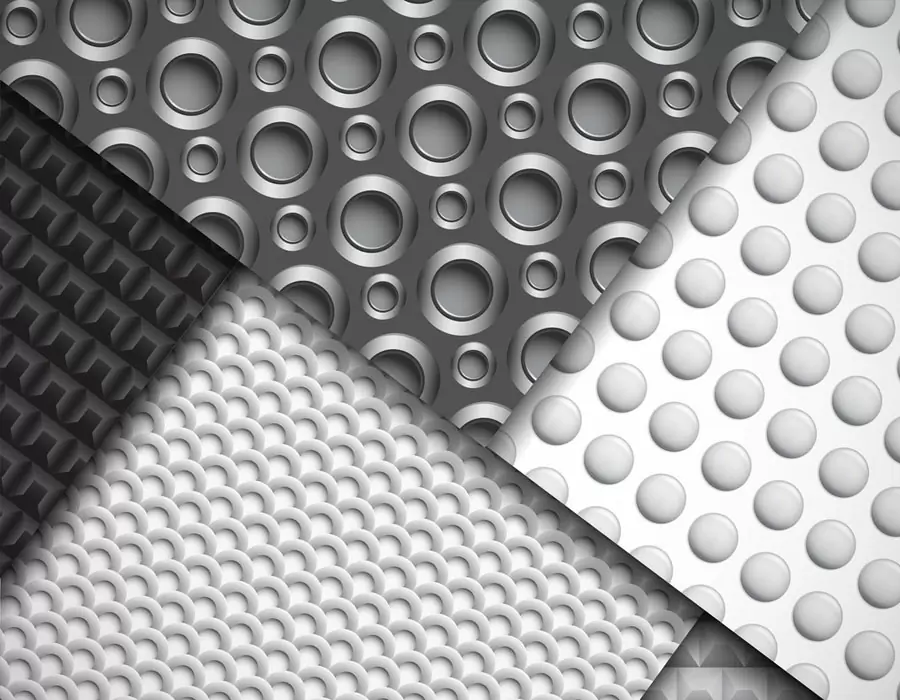
ISO 9001 certified. BE-CU Prototype Offering CNC machining carbon fiber and other manufacturing services for carbon fiber marterial. Various capabilities include notching, labeling, drilling carbon fiber, grinding, laser cutting carbon fiber, finishing, plating, marking, CNC milling carbon fiber and turning carbon fiber.We stock high quality 3k carbon fiber sheet in a variety of thickness, types and finish. Its a great material used in applications where light weight and strength are needed such as drones. Unlike other workshops, we have no min order and are often filling orders with a single part. We also don’t make you pay for the full sheet and you only get charged for what is used. With a large selection of material, you should find everything you need to make your project come to life. We are also able to handle larger production runs and provide a competitive pricing. If we don’t have the material or finish you require, we are more the willing to look at bringing it in for you.
What Is Carbon Fiber?Carbon fiber is made of polyacrylonitrile (PAN) (or pitch, viscose) and other organic fibers by carbonization (removal of most elements except carbon) by pyrolysis method under inert gas at high temperature above 1,000 °C. Inorganic polymer fibers with a carbon content of more than 90%.
-

3D Printing Continuous Fibres
-

3D Printing Short Fibre Filled Wires
-
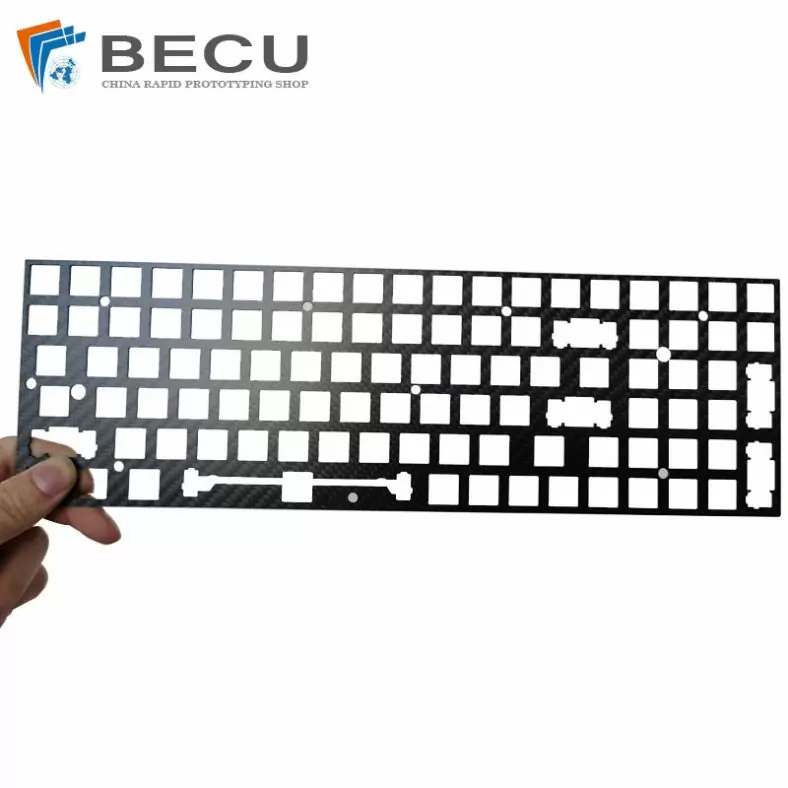
Laser Cutting Carbon Fiber Positioning Keyboard
-

Cnc Turning Industrial Copper-Aluminum Clad Carbon Fiber Machinery Parts
-
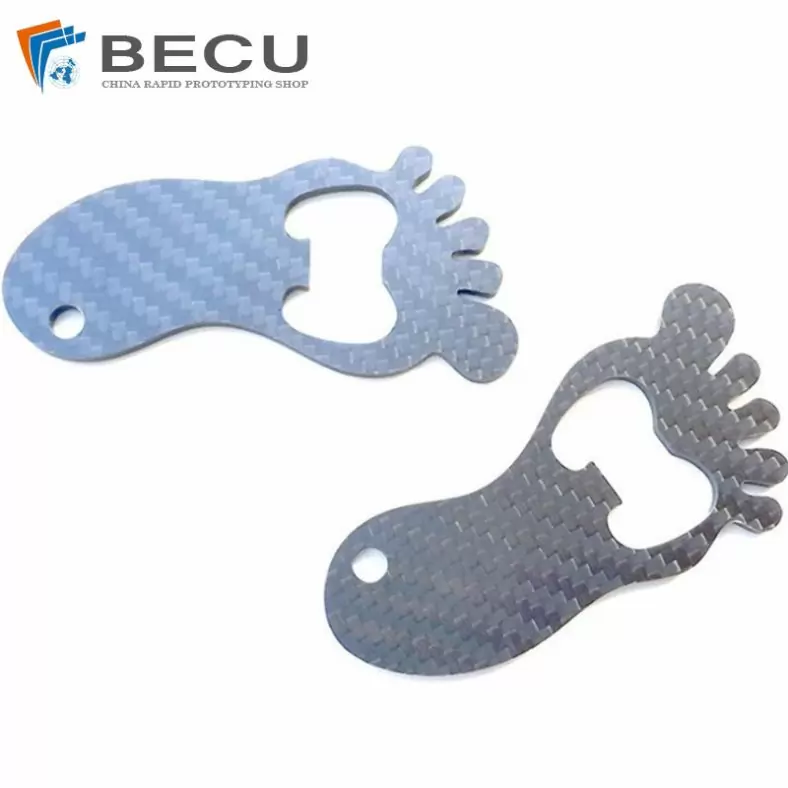
Carbon Fiber Luggage Tag Ornaments
-
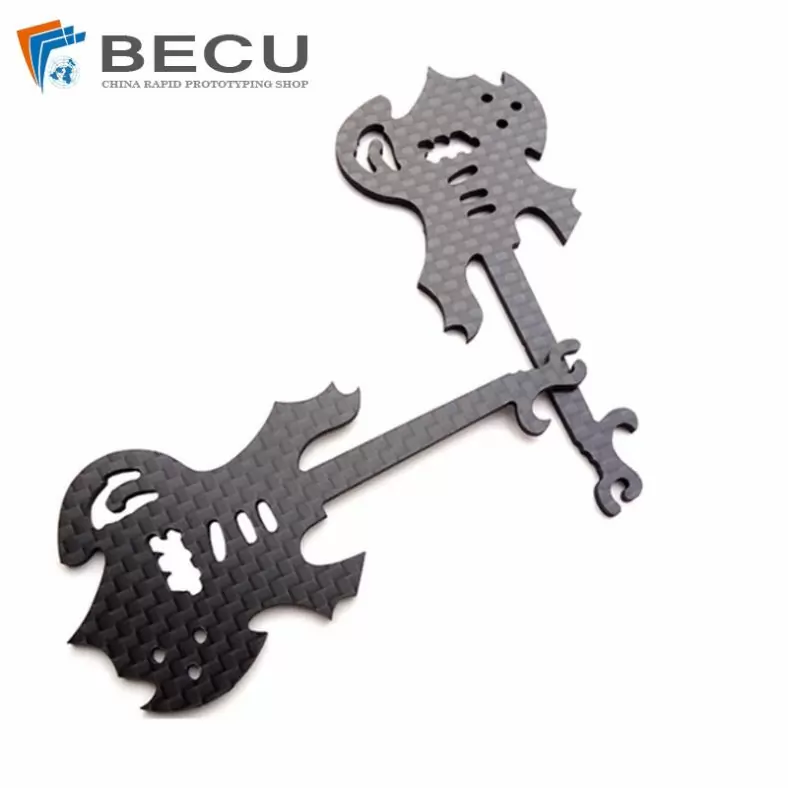
Laser Cutting Carbon Fiber Guitar Shape Crafts
-
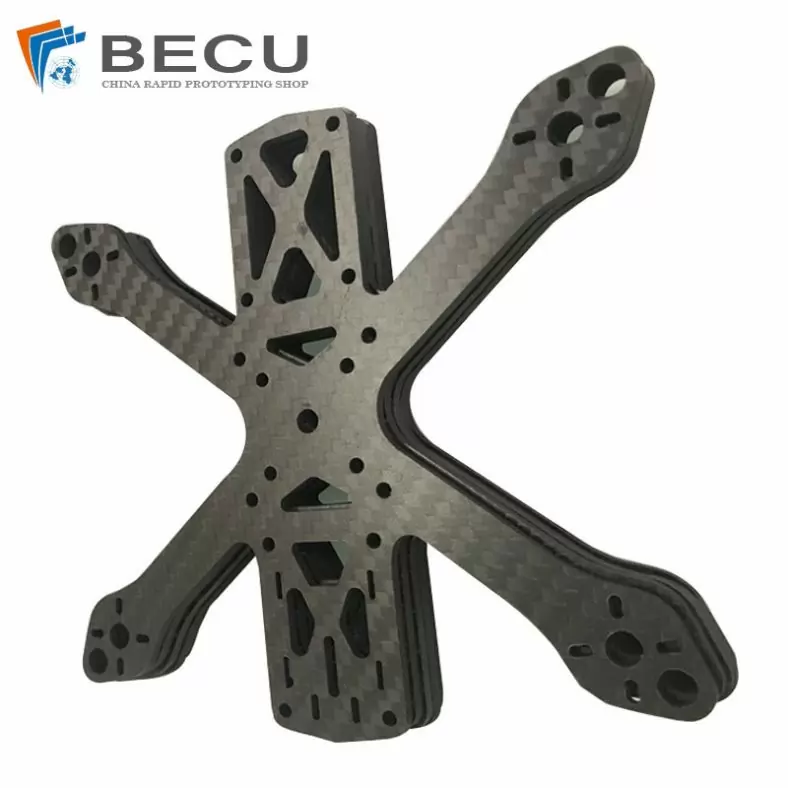
Laser Cutting Carbon Fiber Drone Rack
-
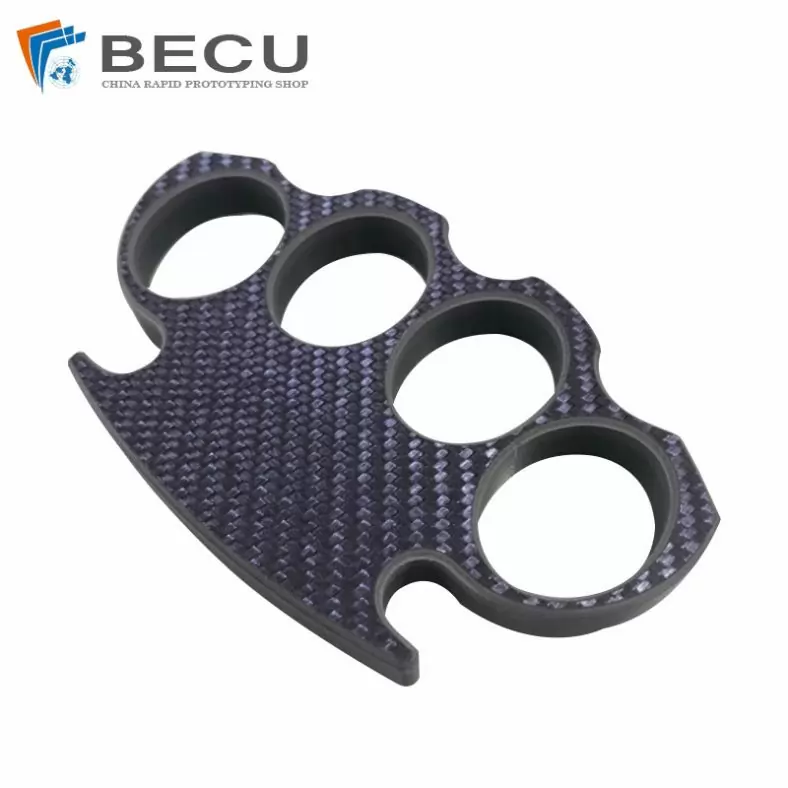
Cnc Milling Carbon Fiber Finger Buckle
